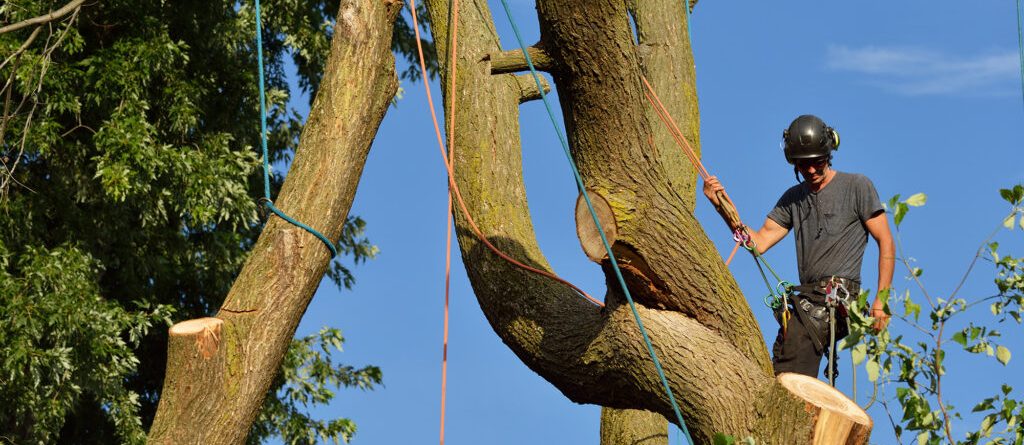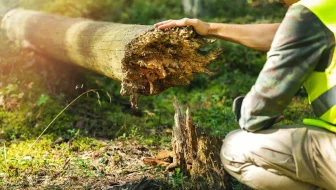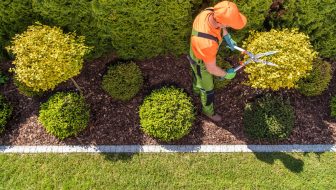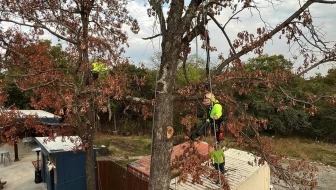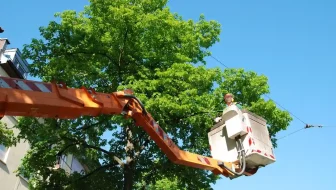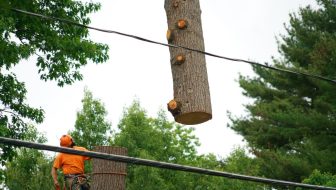Trees are essential to our environment, providing shade, oxygen, and natural beauty. However, when a tree becomes hazardous, it poses significant risks to people, property, and other trees. Hazard Tree Assessments in Vancouver, WA (HTAs) are crucial evaluations conducted by certified arborists to identify and mitigate these risks. But how do you know when it’s time to schedule an HTA?
Here are five key signs to watch for:
1. Visible Structural Defects
One of the most apparent signs that a tree might be hazardous is visible structural defects. These can include:
- Cracks or Splits: Large cracks or splits in the trunk or branches indicate that the tree’s structural integrity is compromised. This can make the tree more likely to fall during storms or high winds.
- Leaning: While some trees naturally grow at an angle, a sudden or increasing lean can signal root damage or a shift in the soil, both of which are serious concerns.
- Weak Branch Unions: Look for branches that have V-shaped connections with the trunk, as these are more likely to break under pressure compared to U-shaped unions.
2. Dead or Decaying Wood
Dead or decaying wood within a tree is a major red flag. Decay can be caused by fungi, pests, or environmental stressors, and it weakens the tree from the inside out. Signs of decay include:
- Mushroom Growth: Fungal growth at the base of the tree or on its trunk is a clear indicator of internal decay.
- Hollowing: If you notice cavities or hollow sections, especially in the trunk, the tree’s stability is likely compromised.
- Dead Branches: A high number of dead branches, particularly if they are large, suggests that the tree is struggling to sustain itself.
3. Root Problems
The health of a tree’s roots is foundational to its overall stability. Unfortunately, root problems are often difficult to detect without a professional assessment. However, some visible signs include:
- Soil Heaving: Raised or cracked soil around the base of the tree can indicate root upheaval or failure.
- Exposed Roots: Erosion or construction activities that expose roots can damage them and reduce the tree’s stability.
- Poor Growth: Sparse foliage or stunted growth may signal underlying root issues affecting the tree’s ability to absorb nutrients and water.
4. Changes in Tree Health
Monitoring changes in a tree’s health over time can provide early warning signs of potential hazards. Key indicators include:
- Leaf Discoloration or Wilting: Leaves that are yellowing, browning, or wilting out of season can indicate disease or pest infestations.
- Premature Leaf Drop: If a tree is shedding leaves earlier than normal, it might be stressed or diseased.
- Unusual Sap Flow: Excessive or unusual sap flow can signal disease or pest problems affecting the tree’s health.
5. Environmental and Site Changes
Changes in the surrounding environment can also impact a tree’s health and stability. Pay attention to:
- Construction Damage: Recent construction activity near the tree can harm its roots or change the soil composition, leading to instability.
- Soil Compaction: Heavy foot traffic or vehicles passing over the root zone can compact the soil, reducing oxygen and water availability to the roots.
- Drainage Issues: Poor drainage or changes in water flow patterns can lead to root rot or other water-related stresses.
Scheduling a Hazard Tree Assessment at the first sign of these indicators can prevent potential disasters. Regular HTAs conducted by certified arborists not only ensure the safety of your property but also promote the health and longevity of your trees. By staying vigilant and proactive, you can enjoy the benefits of your trees without the associated risks.

